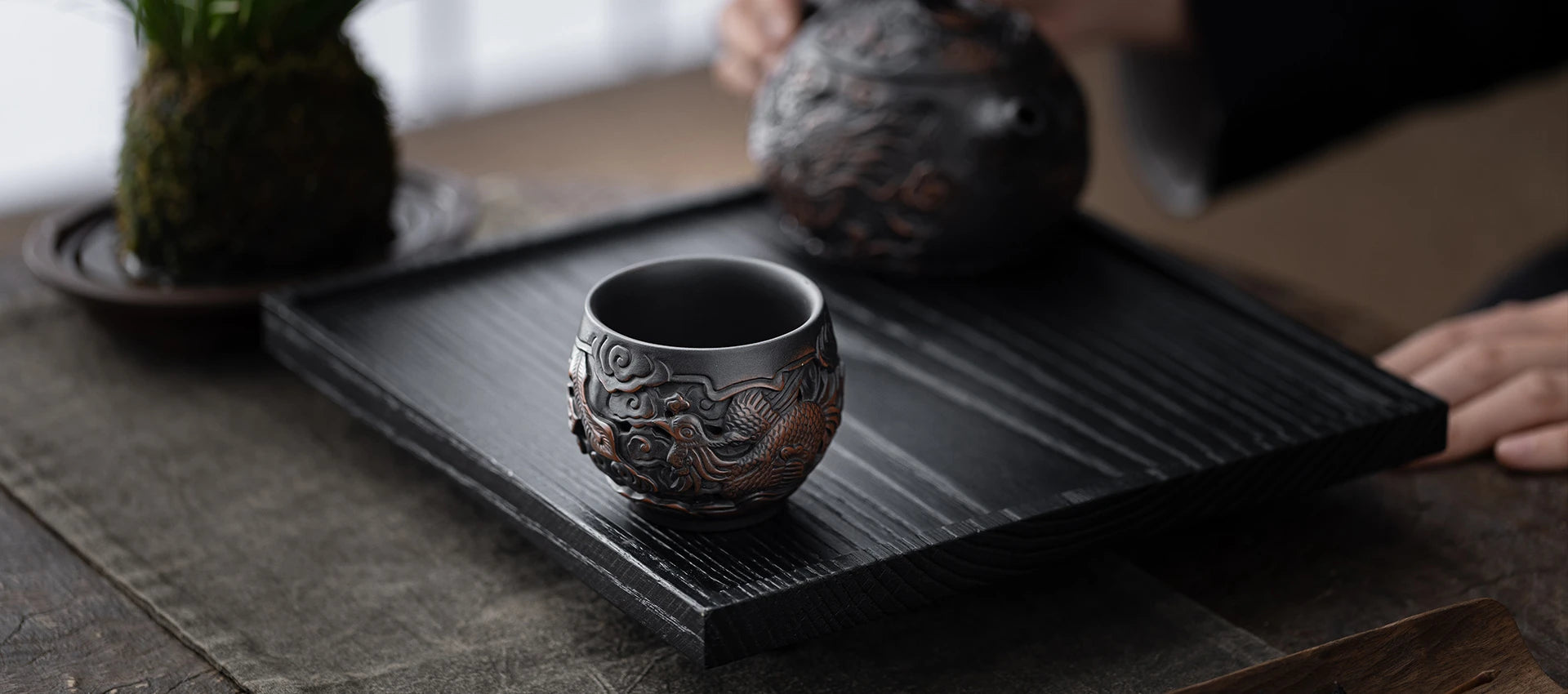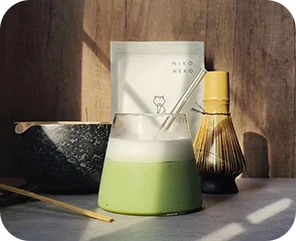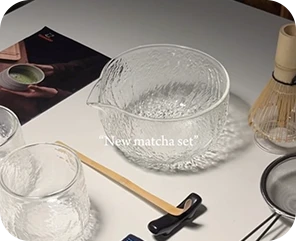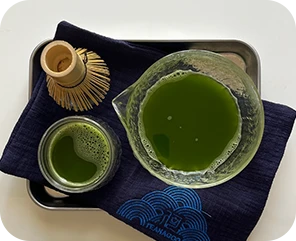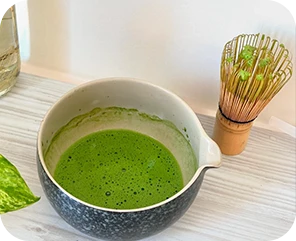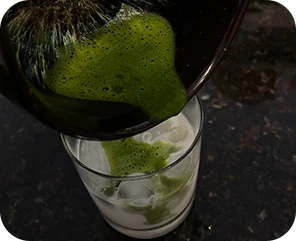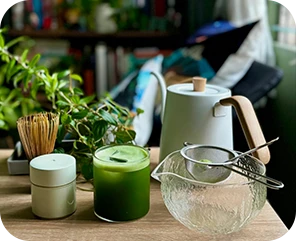Collection: Tea Cup
In the Chinese culture teacups are very small and hold between 20 and 50 ml of liquid.They are designed to be used with Yixing teapots or Gaiwan

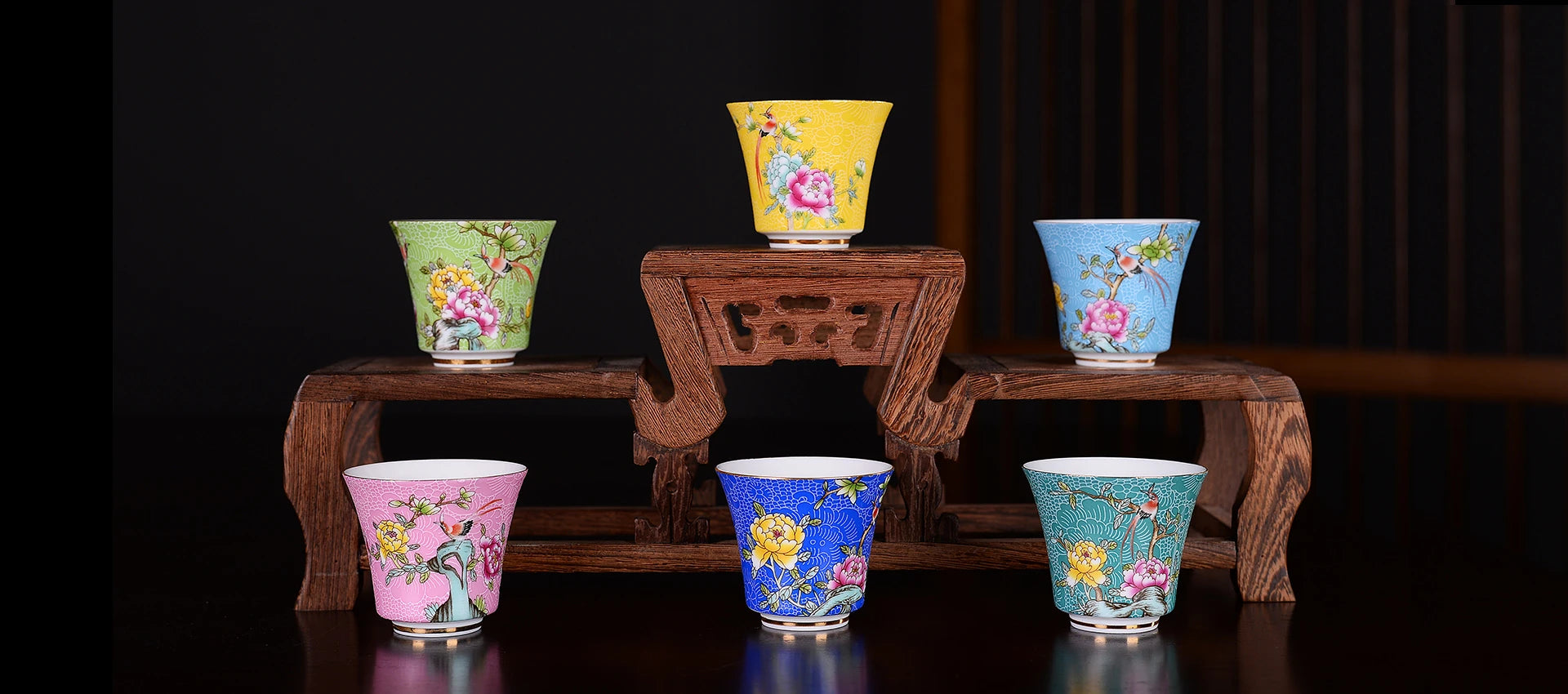

Ceramic Chinese Teacups
TEANAGOO's jianzhan Tenmoky Tea ware masterpieces are perfectly suited to be used as elegant aift items for all occasions
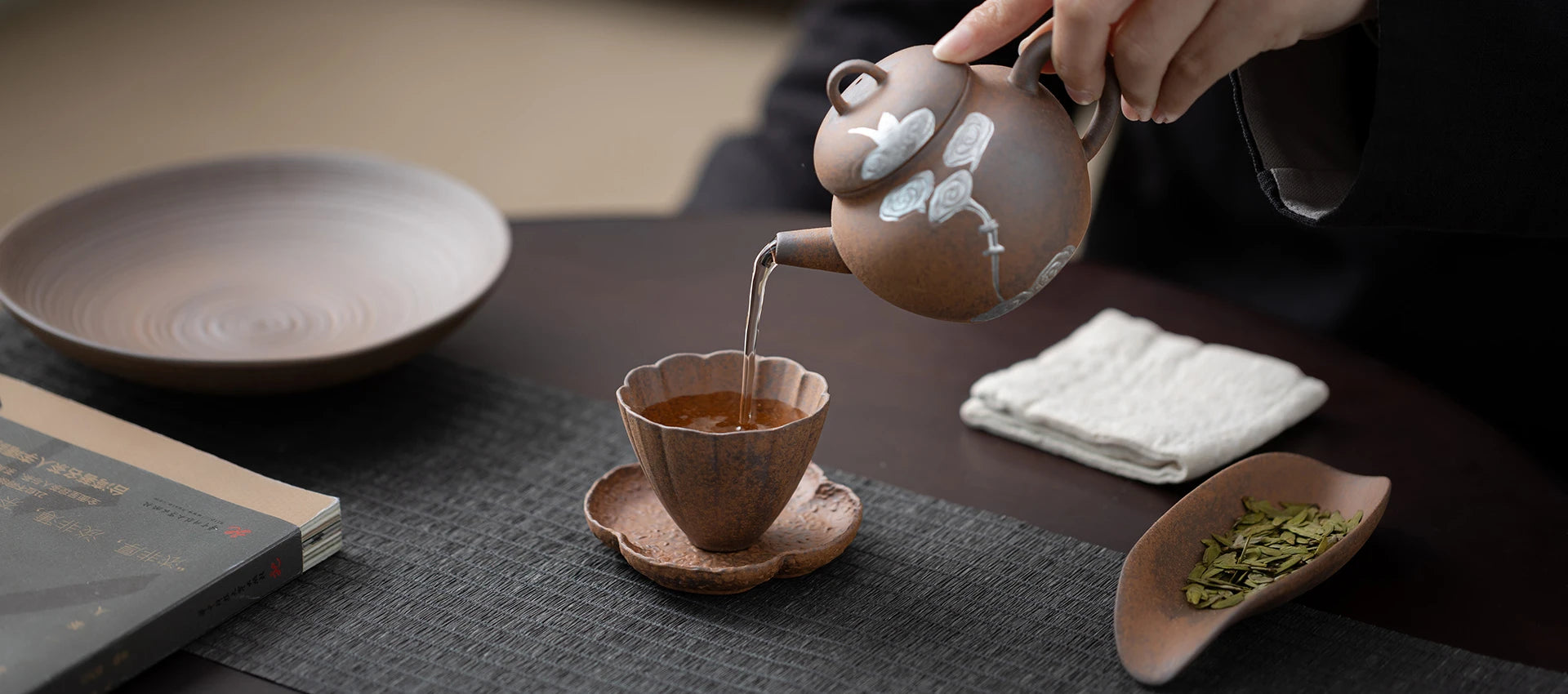

Clay Lotus Tea Cup 50ml
Objects with temperature and soul are worth looking forward to, playing with and collecting.
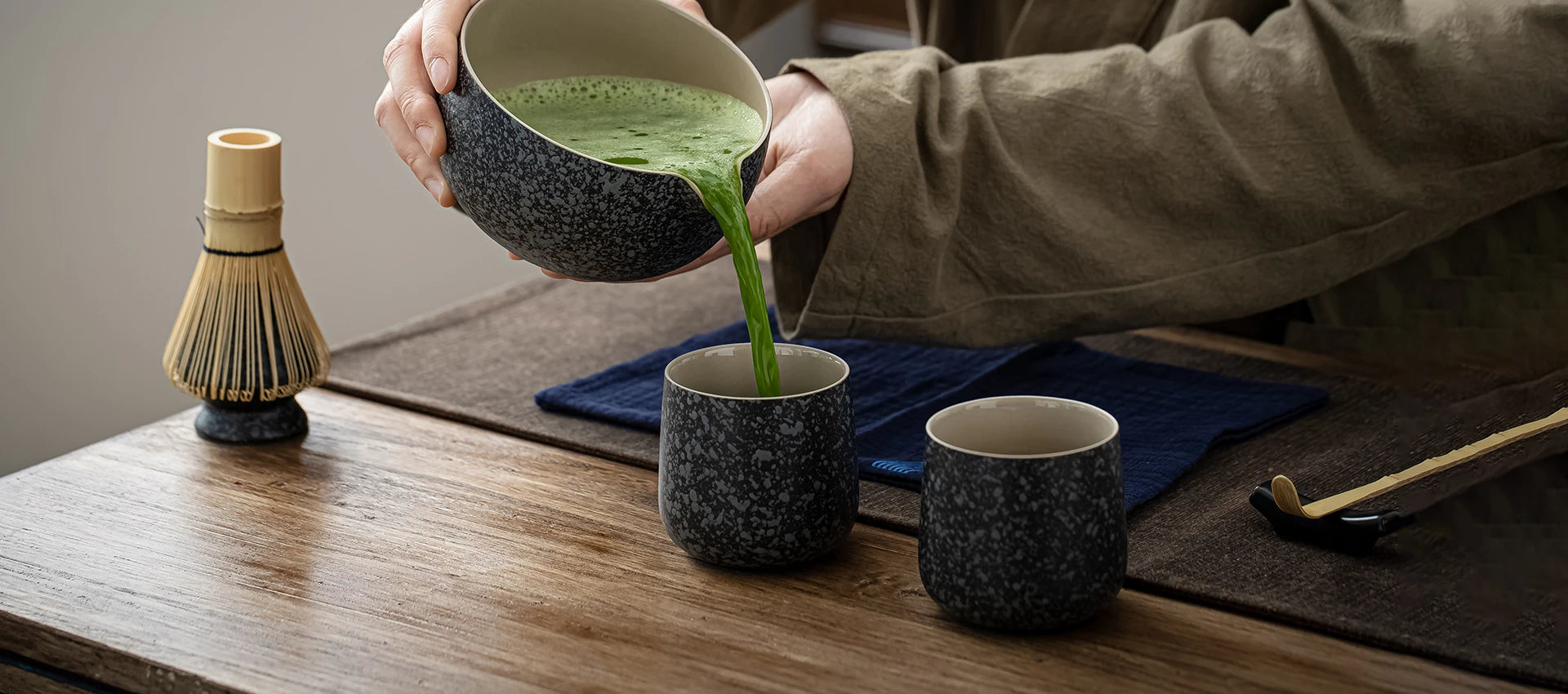

Japanese Matcha Cups
it can hold 205 ml of tea soup, just right for tea enjoyment for most people, also good as a sake cup
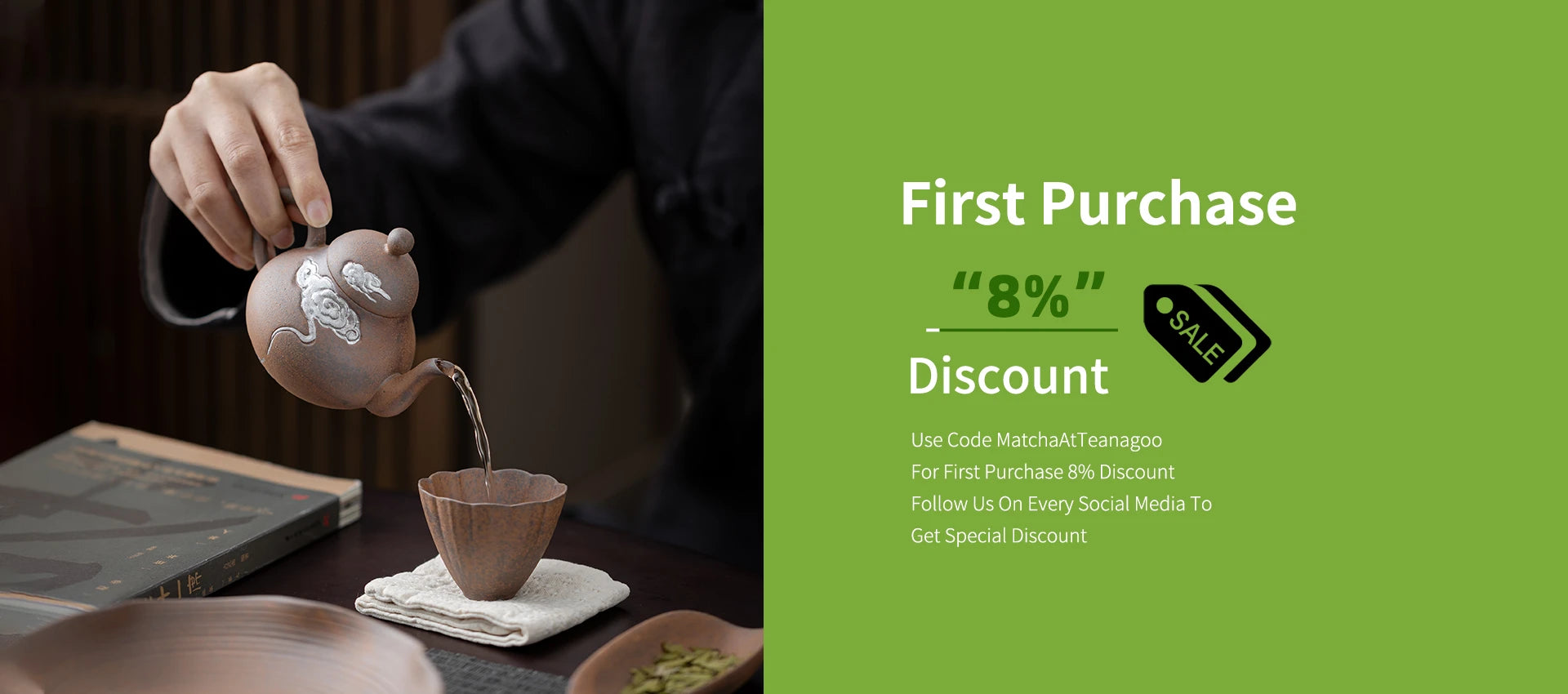

No products found
Use fewer filters or remove all
Hot Selling Product
Choose the style you like and take it home
-
Ceramic Lovely Cat Tea Mug with Infuser & Lid & Color Box Packing
Regular price £18.00 GBPRegular priceUnit price / per£22.00 GBPSale price £18.00 GBPSale -
Ceramic Sake Set with Warmer, 10pcs/set, 2 Packing Options Available
Regular price From £42.00 GBPRegular priceUnit price / per£60.00 GBPSale price From £42.00 GBPSale -
Matcha Bowl with Whisk Holder Light Color
Regular price £16.00 GBPRegular priceUnit price / per -
Ceramic Tea Brewing Mug with Tea Canister, Luxury Gift Packing, 340ml/12oz
Regular price £31.00 GBPRegular priceUnit price / per£38.00 GBPSale price £31.00 GBPSale -
Japanese Matcha Cups 4 pcs Set Basic
Regular price £16.00 GBPRegular priceUnit price / per -
Japanese Matcha Cups 4 pcs Set Dots
Regular price £16.00 GBPRegular priceUnit price / per -
Matcha Bowl with Whisk Holder Deep Space
Regular price £16.00 GBPRegular priceUnit price / per -
Matcha Bowl with Whisk Holder Dusty
Regular price £16.00 GBPRegular priceUnit price / per -
Matcha Bowl with Whisk Holder Obsidian
Regular price £16.00 GBPRegular priceUnit price / per -
 Save £5.00
Save £5.00Matcha Ceremony Beginner Set Light Color
Regular price £29.00 GBPRegular priceUnit price / per£34.00 GBPSale price £29.00 GBPSale
The origin of teacup history
The teacup and saucer originated in China at the time of the near-simultaneous introduction of tea and porcelain. Theoriginal teacup design did not have a handle or a saucer. At some point a ring-shaped cupholder appeared to protect thefingers and eventually evolved into a saucer!.3! The cups in 17th century were tiny, with the width about 244 inches across atthe top,1%4 at the bottom, and the depth of 1% inches. The saucers measured 4% inches across.
The Europeanmanufacturers initially copied the handle-less Oriental designsl4 exported from the Japanese port of lmari or from thesouthern Chinese port of Canton (part of the Canton System, 1757-1842), now Guangzhou. The teacup handles wereintroduced in the West in the early 19th century.!5! The handles originally became a feature of chocolate drinking cups inthe 17th century, while teacups were still handle-less.
Teacup plates originated in England in the early 1800s and provided a rest for the cup and a space for a light snack, wentout of fashion in the second half of the 19th century.
